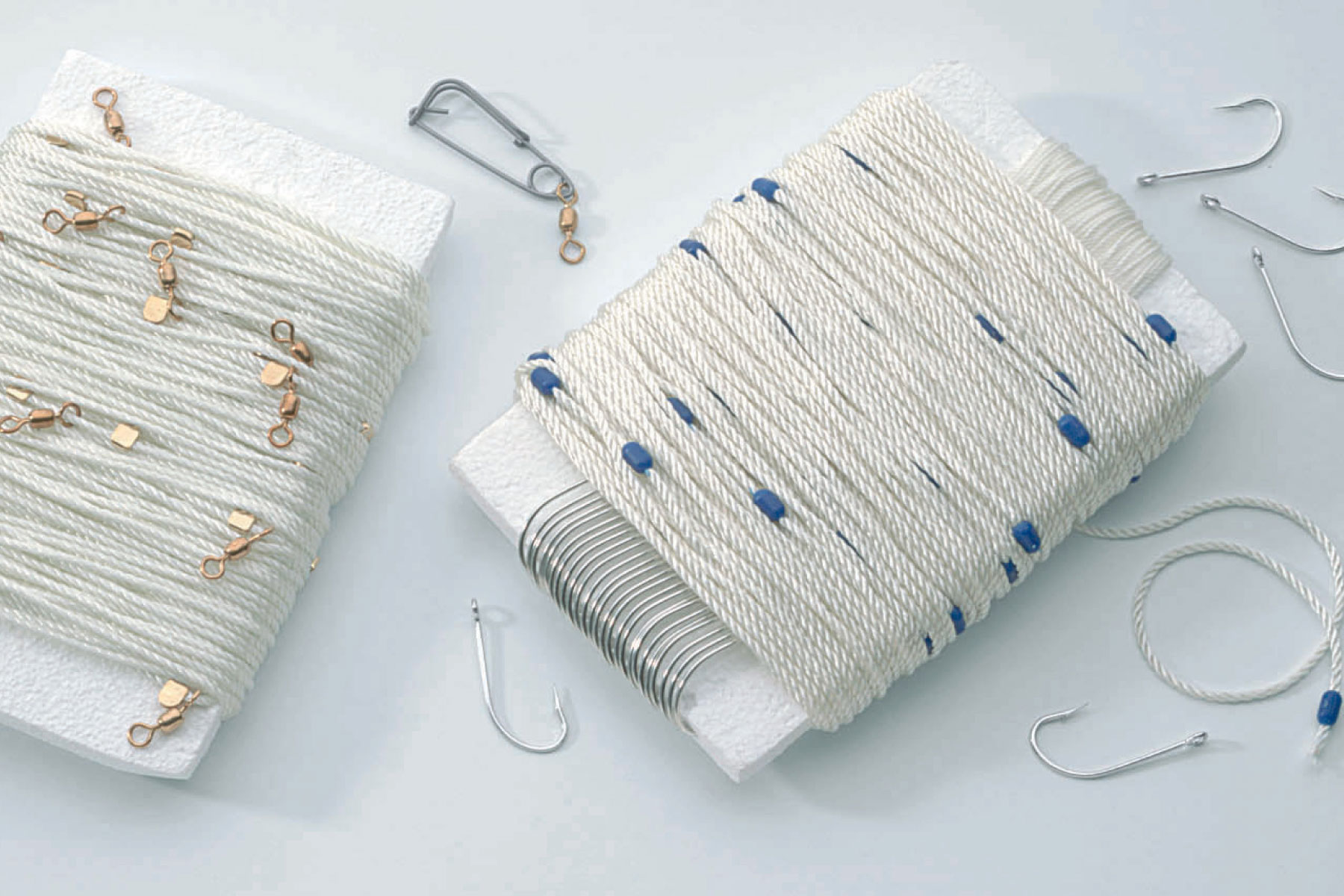The shopping task sounds simple enough—pick up a new rod and reel. Once upon a time, that might have been as easy as that, too. Choices were fewer with rods and reels essentially universal in their angling applications. For light line and small lures, you went with a spinning outfit. For everything else, it was a baitcaster.
Not so today, especially in the case of bass fishing. New rods and reels are introduced every year for specific lures and the techniques used to make them catch fish. Dropshot rigs, plastic swimbaits, hybrid crankbaits and bladed jigs come to mind. A few years ago, those were considered specialty lures. As the pros consistently won with the newcomers, those lures captured the interest of average anglers. Now, they are considered mainstream, along with flipping, pitching, cranking and jigging.
Even the simplest of lures like crankbaits, jerkbaits, spinnerbaits and plastic worms have specialized rods and reels. Those refined combos improve lure action and allow the angler to make their fish strike appeal even greater.
Do you really need a rod and reel for each type of lure? It depends on how serious you are about your game. Rods and reels function just like golf clubs and golf balls. Pro golfers use the best because they compete against the best players. The same goes for pro anglers and tournaments. Anything to give an edge over the competition—finned and human—is worth having.
All of that is good news for anglers. Even if casting for cash isn’t for you, the myriad choices give you plenty of options for dialing into your favorite lures and techniques. If you are just a casual angler wanting to catch fish, then you can do that with the basics. This guide can help you make the best choice for your needs, beginning with the simple choices and moving up to more advanced outfits, depending on your skills.
The open spool of a spinning reel allows the line and lure to be cast farthest. That makes spinning rigs ideal for topwaters, or other lures requiring long casts to avoid spooking fish. Spinning reels are easy to cast, making them ideal for beginners. Spinning reels are the choice for lightweight lines and small lures when fishing in clear water or for small fish. Baitcasters are best when power is needed to fight bigger fish. Those reels and rods are ideally matched for bass, musky and walleye, as well as most saltwater fish. Think of baitcasters as the all-around utility rigs of fishing. They have strong drags, provide more accurate casting and come in the most choices.
Rod and reel combos remove the guesswork from having to buy a separate rod and reel, making them ideal for beginners. Rods are labeled with the best range of lure size and line weight as designated by the manufacturer. Ultralight rods are ideal for small fish, while medium-action rods are better for medium-sized gamefish like bass and walleye. Those also work well for many inshore saltwater species like you catch from piers or the beach. Heavy power rods are best for large gamefish like catfish, pike, musky and offshore saltwater species. The reels are all chosen with drags in mind to work with the action of the rod.
You have two main choices: fiberglass and graphite. The latter material is the most common for popular freshwater species like bass, walleye and even crappie and panfish. Sensitivity is the reason. Graphite is stiff, strong and lightweight. That makes it the more sensitive material for detecting light strikes when compared to fiberglass. Glass is noted for soft actions and toughness. Many anglers prefer fiberglass rods for crankbaits or other applications where a slow or medium action is required. Fiberglass has more give in the rod tip so the lure has a better chance of being eaten by the fish. Also popular are composite rods made of fiberglass and graphite. Composites combine the better of two worlds when needed.
You can’t go wrong with good old-fashioned cork for a comfortable and lightweight handle with sufficient grip, even when it’s wet. Cork will transmit the delicate vibrations of a stealthy fish picking up your bait or lure, making it the perfect choice for crappie, bluegill, bass and inshore saltwater rods. EVA (Ethylene-vinyl acetate) creates a foam material that is light and strong, with a high crack and abrasion resistance. Foam is lighter than cork, less abrasive, retains shape and is cheaper to make. Therefore, the decision comes down to personal preference.
Action: This is how much of the rod bends when pressure is on the tip. A fast-action rod will bend only the top third or less of the blank, while a medium- or moderate-action bends in the top half. A slow-action rod bends at the lower third of the rod. Most bass-action rods are fast to very fast. This provides more sensitivity and faster power for hook setting. Fast actions are best when single hooks are used and a solid hookset is needed. Taper and action are synonymous terms in rod talk.
Power: This describes the strength of the rod or its lifting power. When someone says a rod has a lot of backbone, they mean it has a lot of power. Power ratings are described as light, medium, medium heavy and heavy. Power relates to line strength; heavier power rods can handle heavier lines, while light powers are good for light lines. Look on the rod label for the power designation.
If you need more help narrowing down the choices, find it at your nearest Bass Pro Shops or Cabela’s. The friendly outfitters and sales consultants are anglers who go fishing locally where you do. You can even pick up fishing tips, while finding the best rod and reel for your needs.


